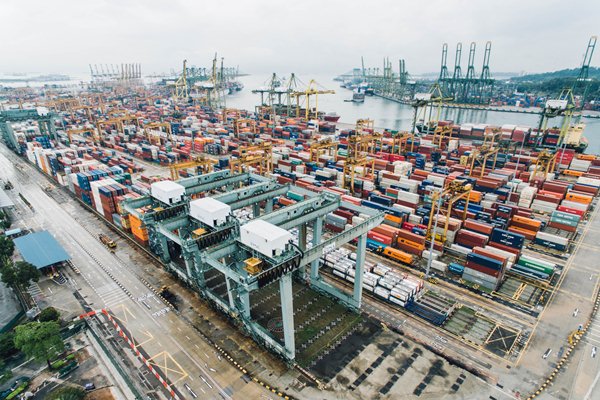World Trade Organization (WTO) members implemented 102 new trade-restrictive measures between mid-October 2018 and mid-October 2019, with the trade covered by the import-restrictive measures estimated at US$746.9 billion, an increase of 27% from the previous annual overview and the highest recorded since October 2012.
This report confirms that trade flows are being hit by new and additional trade restrictions and increasing trade tensions, which are all adding to the uncertainty surrounding international trade and the world economy, according to the WTO in a statement.
The 102 new trade-restrictive measures included tariff increases, quantitative restrictions, stricter customs procedures, and imposition of import taxes and export duties.
The main sectors targeted were mineral and fuel oils (17.7%), machinery and mechanical appliances (13%), electrical machinery and parts thereof (11.7%) and precious metals (6%).
The stockpile of import restrictions implemented since 2009, and still in force, suggests that 7.5% of world imports are affected by import restrictions implemented since then.
At the end of 2018, $1.5 trillion out of a total $19.5 trillion of world imports were estimated to be affected by import restrictions put in place by WTO members over the last decade. As of mid-October 2019, this trade coverage was estimated at $1.7 trillion, suggesting that the stockpile of import restrictions has continued to grow.
Meanwhile, WTO members implemented 120 new trade-facilitating measures, including reducing or eliminating tariffs, export duties and import taxes. The import-facilitating measures implemented covered trade estimated at $545 billion, the second highest figure for this type of measures since October 2012.
Further, trade coverage of the import-facilitating measures implemented during the review period associated with the 2015 expansion of the WTO’s Information Technology Agreement amounted to $705 billion, according to preliminary WTO estimates.
Overall, the monthly average of initiations of trade remedy actions by WTO members remained stable compared to 2018. However, the second half of the review period saw this figure accelerate, in particular as a result of new anti-dumping investigations, which continue to be the most frequent trade remedy action. The trade coverage of trade remedy initiations was estimated at $46.2 billion, and that of terminations at $24.8 billion.
“Both figures are significantly higher than the trade coverage recorded for these measures in the previous report,” WTO said.
The report also showed that about 230 trade concerns were raised in some 28 formal meetings of WTO bodies other than the Committee on Sanitary and Phytosanitary Measures and the Technical Barriers to Trade Committee, an increase of 8% per meeting compared to the previous annual overview.
“WTO members are increasingly using multiple platforms within the WTO committee structure to address various aspects of their trade concerns and for exploring solutions to trade frictions non-litigiously,” observed the report.
WTO director-general Roberto Azevêdo said: “The report’s findings should be of serious concern for WTO members and the broader international community. Historically high levels of trade-restrictive measures are hurting growth, job creation and purchasing power around the world.”
The report added that as world trade growth stalled during the review period, the WTO downgraded on October 1, 2019 its forecast for world trade growth in 2019 to 1.2%, down from the previous estimate of 2.6% from last April.
Risks to the forecast are predominantly on the downside and include a further ratcheting-up of trade-restrictive measures and a sharper slowing of GDP growth in one or more major economies.
Photo by chuttersnap on Unsplash









